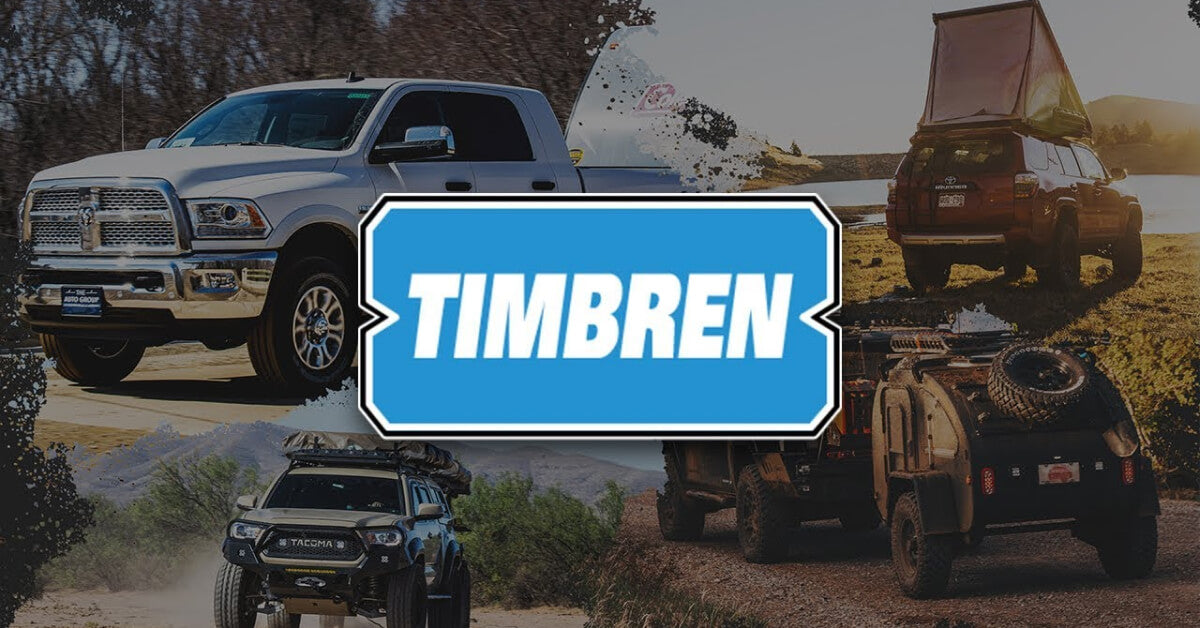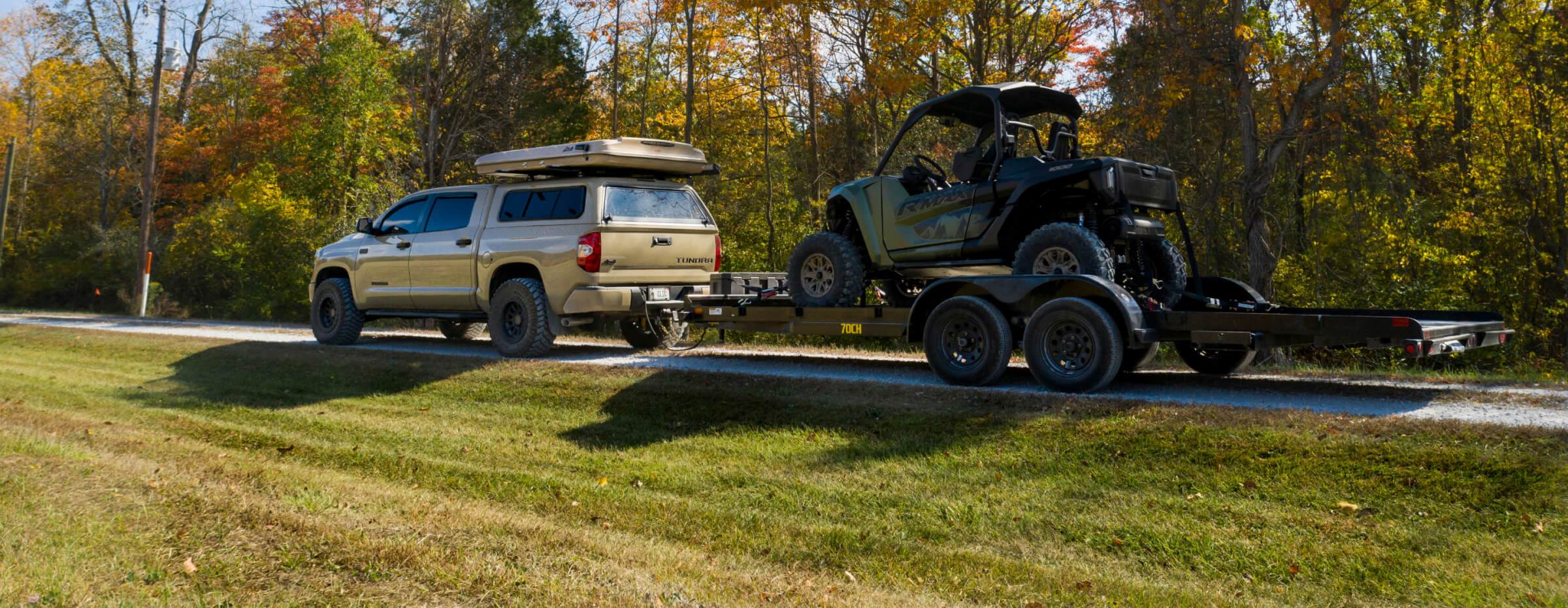That's a really great explanation!
The rubber spring in the suspension will then absorb some of the energy in the motion when you hit a bump in the road. This would lessen the shock on the trailer?
What it does is create another level of interaction; one of a "better" result because of variability.
Typical metal springs are mono-rate (leaf, coil, torsion); they're all pretty much the same concept. For X inches of travel, you get Y pound of force. Typically rates for vehicles as "Xxx lbs / inch". So for every inch of deflection, it causes Y pounds of force up into the chassis. Say a spring has 4" of total travel, and it support 1000 lbs / inch. If sitting still it compresses 2", then it's supplying 2000 lbs of support to the chassis. Then when moving, if it hits a 1" tall obstacle such as a rock, it will transmit an additional 1000 lbs of more force upward to the chassis. (I'm discounting the effects of inertia, tire compression, etc, but you get the picture).
When you add these rubber isolation leaf holders, they add more travel to the system. Plus, they can be "tuned" (by adjusting the durometer value of the rubber) to compress slightly before/after the metal spring would. The reason these work well is that the rubber has the effect of a progressive rate spring, not a fixed rate. (This is the benefit of air springs as well; they are variable rate, too.) Whereas the metal spring would simply offer X lbs at a steady rising rate, the rubber spring can offer both a lower and higher rate, so it "eases" the transition of force imparted to the chassis. The force starts at the tire, then moves up to the wheel, then axle, then leaf spring, the shackle, then the rubber "equalizer", then the frame. So the rubber equalizer can mute the leaf spring effect by softening the transition, making it variable.
Ultimately, it takes "X" lbs of force to suspend the chassis above the ground. The rubber does not alter the force requirement; it only alters the response curve.
Some would ask "why not just use rubber all the time?" Because rubber degrades quicker, is more expensive, and also would need a lot of travel if it were the only spring in place. Metal springs work very well, and leaf springs in particular are chosen on a because they are super inexpensive (relatively speaking) and very robust. Plus, leaf springs resist travel in any direction but the one. Rubber wallows all over unless contained. Using these rubber isolation devices on an RV combines the best of both worlds.


